Goa’s Chief Minister Should Know What Susegad Is Really About
The 70-80 hours-a-week corporate czars like Infosys chief Narayana Murthy will probably never set foot in the beach state of Goa if they’ve heard of the unique cultural concept of susegad, or a way of life where breaks for rest and rejuvenation are a part of the daily grind. As for L&T chairman Subrahmanyam’s misogynistic statement on how long men can stare at their wives every Sunday, it will perhaps resonate well in the coastal state, because susegad is also about the skilful art of spending quality time with family and friends.
Not to be outdone, chief minister of Goa Pramod Sawant, most probably prodded by the paeans sung by his colleagues in Delhi about Prime Minister Narendra Modi’s commitment to the nation as he spends 18-19 hours working, recently burst out that Goans need to shed the susegad attitude from the Portuguese colonial period. Addressing a youth conclave a fortnight ago, Sawant blamed the Portuguese for wanting to keep Goans ‘lazy’ and said it had now become a mindset over generations, and the youth need to snap out of it.
While Sawant may have just been pushing the BJP-RSS nationalist agenda, the chief minister could not be further from the truth. Susegad, which comes from the Portuguese word sossagado, means ‘quiet’, and can be interpreted as easy, relaxed, satisfied, peaceful and such like. But as indignant Goans reveal, susegad does certainly not certainly mean lazy, dull, laid back or passive. It’s also a cultural expression that came from circumstances determined by the pre-Portuguese agrarian economy and way of life, as the hot and humid climate forced a code of work and refresh.
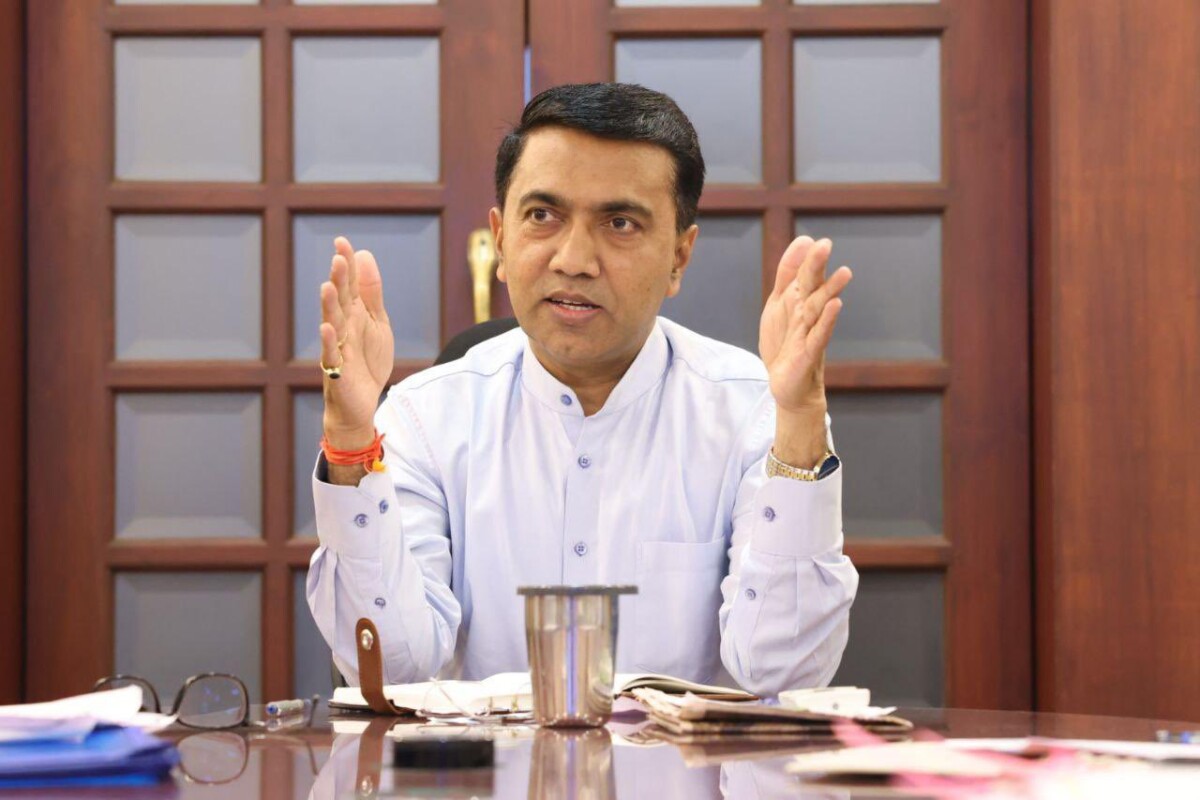
Goa chief minister Pramod Sawant. Photo: X/@DrPramodPSawant
Did the Portuguese adapt to the already existing culture and give it a name? Or is it a Portuguese cultural construct? Various people The Wire spoke to believe that Samant’s inappropriate and erroneous remark was an excuse to ignore the state government’s responsibility in creating industry, jobs and equitable and sustainable development programmes for the state. Why is the Samant-led BJP state government not fast-tracking industry and community-driven initiatives that empower people to boost the economy, they ask.
If Bhutan can have its Gross National Happiness, or Iceland live by its national slogan of ‘petta redast’ or optimistic outlook, and Japan focus on Ikigai or giving a sense of purpose – to mention just a few examples of alternative lifestyles available globally – why cannot susegad be used to influence Goa’s development policy?
Excerpts from interviews conducted by The Wire follow.
Savia Viegas, a noted Goan writer, has published several novels including Let Me Tell You About Quinta. Viegas now resides in her ancestral village of Carmona, in south Goa, after living in Mumbai for many years.
Susegad is a Goan term and refers to the elemental rythms that define agricultural societies. You have a word for that in Marathi too, in Mumbai where I lived I remember the word hallu and I am sure it is used in mofussil towns of Maharashtra like Raigad and Sawantwadi. It's a rhythm that defined earlier societies. Agricultural societies had to have their lives attuned with nature’s rhythm, and had to move in sync with nature so that hard work would be productive. This natural response to heat is susegad, or rest in the afternoon for rejuvenation.
The idea, the Goanness of susegad, did impact us – it produced good results as the paddy in the fields was plentiful, the coconut trees were well looked after and were bountiful; children also had their time of reading and playing with themselves. And everything went well for the bhatkars, or landowners.
To underline the Goan work ethic, I quote from …Quinta, “Mariquinha wanted to create wealth for her family and she saw as had her forefathers that discipline, education and sacrifice were the ways that she could achieve this ambition through her children.”
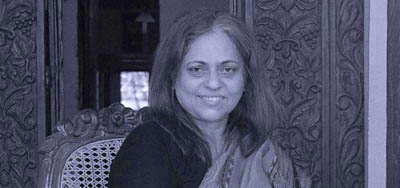
Savia Viegas.
We may take a siesta to combat low productivity [because] of the climate at noon, but we are not lazy…such ill-observed statements made today by politicians betray a lack of reflection on the real reasons for low worker productivity.
People worked hard, let me quote again from Quinta, “Look at the land. You think the quiet Sal was always a placid river? You think the bunds always existed? And the flatland of the fields? Years and years of hardwork, years and years of planning, experimentation, made them lords of the land...
“Now Carmona is where they belonged. The swamp at the spillway of the river took them a lifetime to reclaim. The land beyond had to be cleaned of the ber trees, which grew back with a vengeance. It was Carmona that they had lovingly changed by bunding its temperamental Sal and reclaiming the swamp as agricultural land. They bunded the fields, reinforcing boundaries with coconut saplings, and ribboned out the land for paddy cultivation. The dams and retainer walls not only prevented saline water from eroding the fields, but also redefined the landscape, marking it with agricultural self sufficiency. Slowly they had rebuilt their world, fields neatly laid out with Semitic measurements, cashew plantations, bunds and sluice gates built to divide the land and bind the mouths of the river. So notable had been their contribution that they were given natural lights, naturalised rights to live in the village.”
Is susegad over in Goa, overtaken by outsiders? I’d quote, “A few of the old houses exist. You can count on your fingers. Some are filled with their old folk while their properties are betrothed to the church. A few are locked up, their inmates having gone away. Others have fallen to ruin like monster dinosaurs of the old time. And you? Your cities are well served. Why do you come here wanting a slice of this abandoned territory? This Quinta?’’
Eighty-six-year-old Uday Laxmikant Bhembre not only spearheaded the country’s first referendum against Goa’s merger with Maharashtra, he also led the Konkani language agitation, which led to Konkani being made Goa’s official language, and in getting Konkani recognised as an independent language in the Sahitya Akademi.
As one of the main agitators of the opinion poll movement in 1967, we vociferously campaigned to preserve the historical Goan identity, of its geography and culture, and also the Konkani language. Or we would have merged into Maharashtra and become a pleasure garden for the state to come and enjoy. Do you know, we can trace the history of Goa back 3,000 years, from the Rashtrakutas to Kadambas to the Portuguese – we have a peculiar, unique culture different from other parts of India, but we are not different from Indian culture, a mistake many people make.
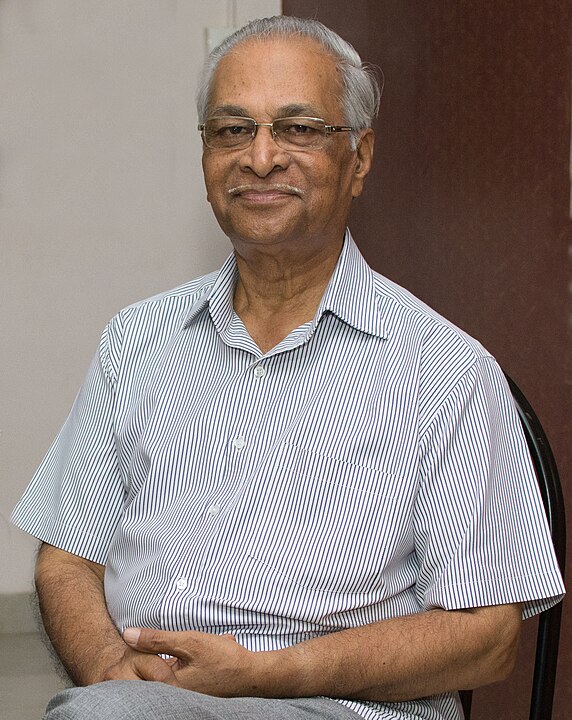
Uday Laxmikant Bhembre in 2015. Photo: Shubhankar Shah/CC BY-SA 4.0
All Goans have adopted a certain cultural identity which goes above religion, which is why susegad is a significant aspect for both Catholics and Hindus. This was because both communities, the Hindus and new convert Catholics, suffered from cultural conversion and so sympathised with each other; [this was] the reason why there was religious harmony in Goa. If you go by the dictionary meaning of susegad, it is to be calm, relaxed and without worry, in the face of anguish and anxiety. However, I must add the susegad culture went away with end of Portuguese rule.
After all, susegad was a lifestyle and was part of the agricultural economy, of farming and cottage industry like brewing feni and weaving cloth. Goa then had a population that is half of today, so shopkeepers and merchants kept their premises shut in the afternoon as no one visited them. Similarly, the landlord and labourers worked in the paddy fields together, you had only one crop in a year during the rains and for several months nobody had anything to do. So what does one do then? Nothing, but leisure. The susegad lifestyle arose out of these circumstances. After liberation, all this has changed, with industry and professional jobs like doctors, lawyers and others who cannot have a susegad lifestyle.
If the chief minister like his party people believes that susegad discourages productivity and ambition, and that all Portuguese symbols must be destroyed, then they come out as ignorant. The CM was born after the opinion poll or referendum was conducted, and is obviously clueless about the liberation movement. We learned Portuguese in school, Konkani has a few words of Portuguese, but they don’t have any idea about the language and what words like susegad means. They use it casually and carelessly.
After the CM’s remarks, I made a video outlining a list of Portuguese heritage sites to be bulldozed and destroyed along with a list of modern laws of equality that came from Portuguese times and which are lauded by the rest of the country today – the uniform civil code that the RSS-BJP want today, joint ownership of all assets by a married couple, succession laws of equal inheritance for all children irrespective of gender, in divorce both spouse gets equal share of assets.
Samant probably realised the folly of his utterances because at a public meeting, he said he would never rake this up again. The true spirit of true susegad will continue to live here.
Prajal Sakhardande is the head of the history department at Dhempe College Miramar, and one of the founders of Goa Heritage Action Group which is at the forefront of the protection and preservation of Goa’s architectural and archaeological history.
Susegad means a relaxed attitude; Goa is one of the rare states in our country that has this as a lifestyle and it needs to be encouraged as it is healthy and productive. It would be the best antidote in today's world of high stress and work pressure.
Goan houses are designed for susegad and relaxation, there’s the balcao or outdoor porch, the leisure space of a Goan house, an integral part of Goan architecture, in the front of the house with a built-in sopo, or cemented seats that flank the sides of the cascading staircase that lead to the house. I remember in my grandmother's house in Margao we used to sit in the balcao between 6 and 7 pm, it was the susegad time for chatting with family, visitors or passers-by on the street.
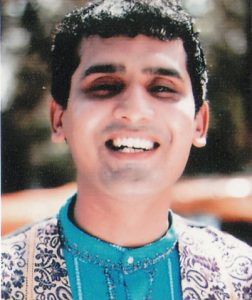
Prajal Sakhardande.
Even the fisherfolk and labourers had their susegad lifestyle – for instance, fisherfolk set off at 4 am, they brought their catch by 8 am; the women folk sold it in the markets in the teento or where the three roads meet in every village; after that they relaxed in their homes, had a shot of feni, and life carried on.
The foundation [Goa Heritage Action Group] has taken up the conservation of heritage that embraces susegad. We’ve asked owners of houses to save the balcaos which also became a status symbol as the sweep of height and depth of the stairs, and the ornamentation, indicated one’s status in the area. Furniture – like easy chairs called Voltaire, and plantation chairs that let your arms flop on the side and your legs to stretch – [also shows how] forms of relaxation abound in Goan homes. The Portuguese-era nacre windows, of oyster shell fixed in a lattice design, filtered the harsh sunlight and subdued the heat. These mother of pearl shells were polished and cut and put in grooves in the window, in place of glass. In the evenings people opened their windows, and sat by them to chat with people on the street.
We have saved the last bandstand in Panjim – there were many before in the town but have gone – in the Panjim Jardim Garcia d’Orta or the municipal garden. These bandstands had regular music performances, from classical to folk, for people to enjoy in their evenings in the park. I remember a bandstand in Miramar beach, in Panjim when I was growing up in the 70s. We are now working to revive the Mei de Larange, a bandstand in Campal, in the vicinity of the Kala Academy, yet again in Panjim. It has a unique architectural design, as its canopy is styled in the shape of a peeled orange, but it is crumbling. Another historical bandstand we are campaigning to save is in Saint Cruz, a village bordering Panjim, of what is left of the char khambe or four pillars – it was a kind of balcao where people and the Portuguese governor used to sit and have their susegad evening. We are campaigning for its revival.
In 2002, we saved the rain trees of Kampal, which form a beautiful canopy overhead and create a carpet of flowers below as they fall on the street. It was an avenue created by the Portuguese, and is till today enjoyed by families as they take a stroll in the evening. This is all about saving susegad because it characterises Goa’s unique way of life. Susegad has to be cherished, and the younger generation must adapt to it to enjoy their work for it infuses passion, without the stress. We need it even more today for health and happiness.
I don't agree with the CM that susegad promotes laziness, it's an absurd statement to make because he speaks of not knowing history. Whether it is the music of the Fado, or lamentations of melancholy, or the music of Mando played in the big salons of Catholic homes, or the Hindu Dhalo, a ritual folk dance and music performed strictly by village women in temples, that too beginning at midnight, it serves as a prayer for the protection of their households. These are all manifestations of susegad, not to be misunderstood as the song and dance of easy Goa.
Victor Hugo Gomes is the founder of the ethnographic Goa Chitra Museums, and has a collection of over 40,000 artefacts, categorised as agricultural tools, household items, art, crafts and even carriages – all items of Goa's cultural heritage.
I grew up in a Goan village with my grandmother who was blind. She could not see so she could not read books to me. But she always spoke about a beautiful place that she and I were born into, and that was my upbringing, my childhood. Everything I knew about Goa then was from my grandmother and I started to look around through her sightless eyes – she spoke vividly about our land and fields, how they lived and worked; she taught me about the lake and water around our fields, at what height the lake water could be harnessed, which month would they release the water, when to sow the seeds. I also understood the meaning of susegad from my life around her.
We’ve already established the real meaning of susegad – of peace and harmony in a society that was crafted for centuries with the idea of equality and modernity, even before the Portuguese conquered Goa. For instance, the ancient gaunkari or communidade system of collective ownership and responsibility of land, apart from self-governance, is almost 2,000 years old. The land was divided for different types of agriculture. For example, the lowest land was for paddy, terraced higher above it was for vegetables and bananas, the next was for fruit-bearing trees, the top most was for timber. There was land kept aside for recreation which was known as mund, where villagers would meet to settle their problems, celebrate their festivals. Similarly, there was land for housing on the hill top beginning with the landlords, sloping down to the workers; then land for religious purposes, for temples and churches. There was land demarcated even for grazing animals. The community system continues to the day; now you can see where the harmony comes from?
The Portuguese adapted to the idea of susegad that already existed here.
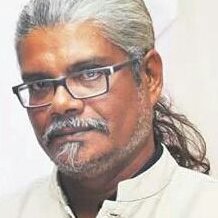
Victor Hugo Gomes.
Susegad for me is also about being clever about how you use your time. If you look at all the ancient tools that are displayed in Goa Chitra Museum, you will see how susegad worked – for example, check out the modern fishing tool today of the people who stand on the bridge catching crabs. It has a ring with a basket and bait tied on top, and where every five minutes you have to lift the basket to check if you’ve got a catch. If you look at the tools at Goa Chitra, the fishing tools, the crab catcher, it's so cleverly designed where it’s an elongated sort of a trap made of cane, and once the crab entered to get the bait, it was trapped. So you left the cane trap in the water, did your other chores, came back and you could get a catch of about 50 to 100 crabs.
In the fishing village of Betul where I have property, I heard a beautiful story the other day from the fisherfolk. When I asked them if they had caught enough fish for the day, they said, you know sir, few years ago, when we were young, if there was no rice in our house, we would just go to the sea with a pagal, a throw net, and catch fish. There would be so much of fish that we would take it to the market, sell it immediately, buy our rice and come home.
This is the idea of susegad. Of an ease and contentment. It’s certainly not laziness and sloth. And it embraces all communities, from Catholics, Hindus and Muslims.
At Goa Chitra, we've created an awareness of Goan history and culture not just for nostalgia. My biggest success is that it is accessible to school children and we have about 35,000 school children coming every year. Yes, they live in a technological world but when they come to my museum they are excited about the materials and tools, how they are operated, to touch and feel and understand a life before. I must acknowledge the state government for its gift to Chitra Museum, it has mandated it compulsory for all Class X students to visit a museum and make reports for their school.
Today my entire focus is on education, on youngsters, and even if 15 out of 100 children grasp the history of Goa, they become ambassadors of a unique identity and culture of living with tolerance and peace.
Vrinda Gopinath is a senior journalist.
This article went live on February twenty-second, two thousand twenty five, at thirty-five minutes past three in the afternoon.The Wire is now on WhatsApp. Follow our channel for sharp analysis and opinions on the latest developments.




